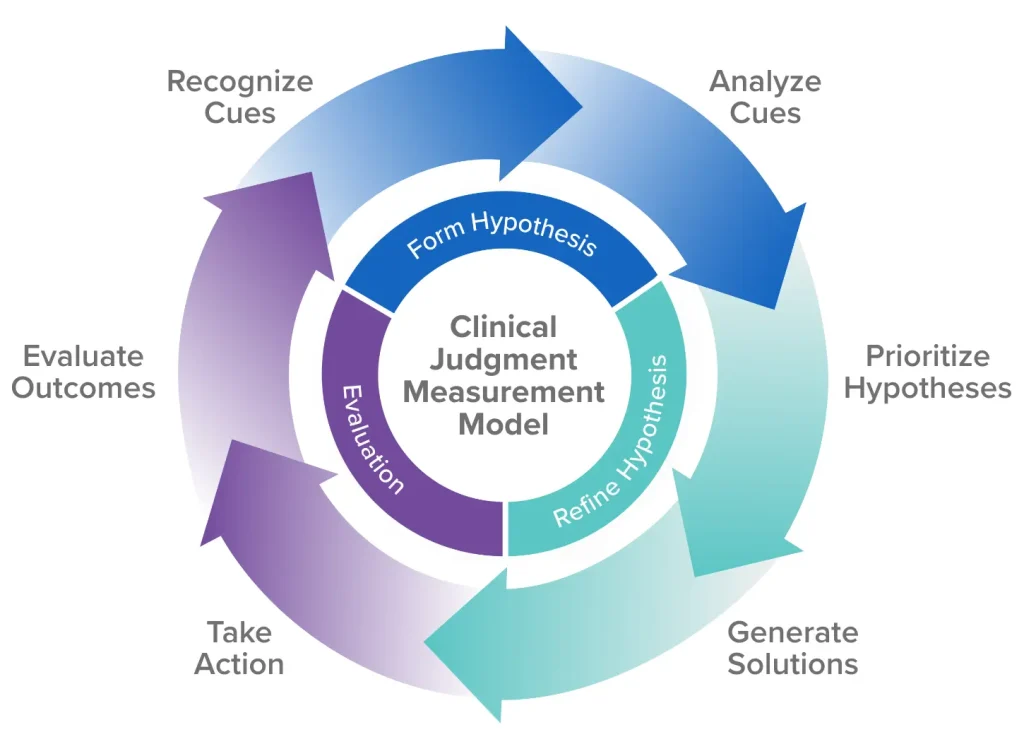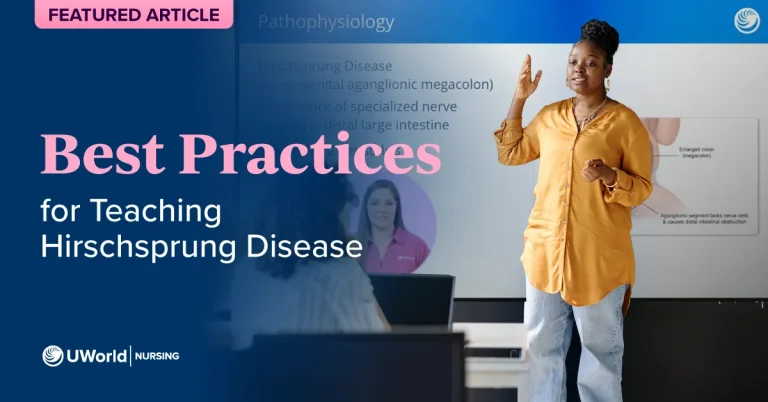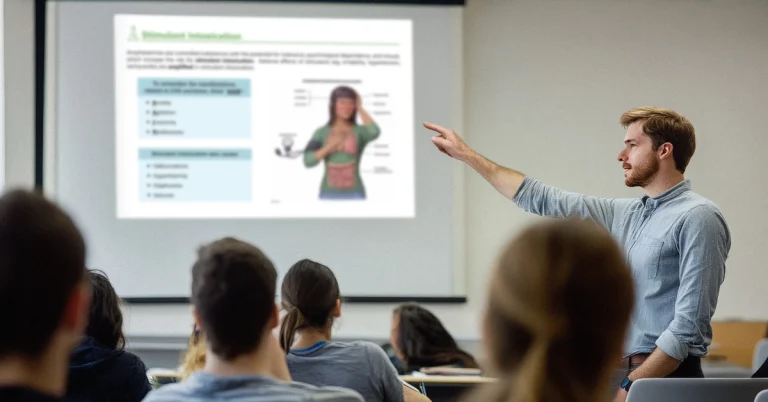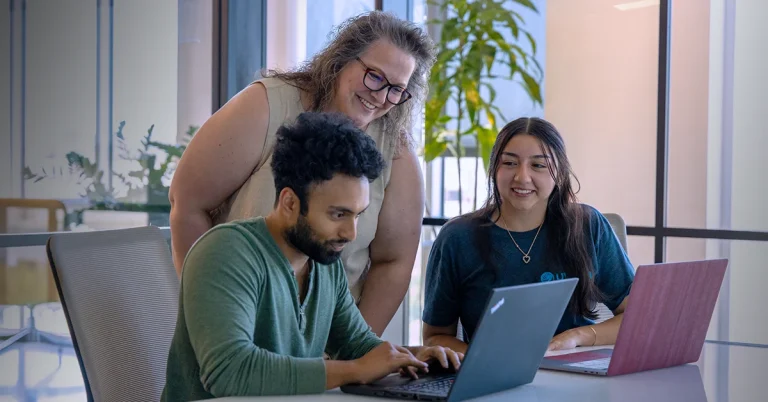Clinical judgment is the ability to make informed decisions in patient care by interpreting and synthesizing complex data.1 It's a cornerstone of safe and effective nursing practice, guiding everything from prioritizing patient needs to implementing interventions. It goes beyond gathering data, involving critical thinking and clinical reasoning. By fostering these skills, you can help students develop the clinical judgment they need for real-world success.
Clinical Judgment, Critical Thinking, and Clinical Reasoning at Work
Critical thinking and clinical reasoning are key to developing clinical judgment and building an effective nursing practice. They guide nursing professionals in making well-rounded decisions based on a complete assessment of patient data. The National Council of State Boards of Nursing (NCSBN) Clinical Judgment Measurement Model was created to help measure and develop these vital skills, now a core of the Next Generation NCLEX® (NGN).2 The model breaks down clinical judgment into 6 steps that your nursing students must master:3
- Recognize cues
- Analyze cues
- Prioritize hypotheses
- Generate solutions
- Take action
- Evaluate outcomes
By following this model, your students will learn to think critically and respond appropriately to complex patient scenarios, leading to better outcomes and more confident decision-making in real-world practice.

Strategies for Developing Clinical Judgment in Students
Helping your students develop clinical judgment can feel challenging, especially with limited clinical hours. However, case studies, high-fidelity simulations, and guided written reflection can maximize learning opportunities and prepare students for real-world nursing decisions.4
Case Studies
Unfolding case studies used on the Next Generation NCLEX provide an opportunity for your students to practice clinical judgment in dynamic, real-world scenarios.4 These exercises require students to analyze patient data, prioritize care, and make decisions as the case progresses, offering a blend of critical thinking and applied learning. For a more accessible approach, low-stakes reflective assignments can encourage students to analyze a specific patient encounter, fostering deeper connections between their clinical experiences and theoretical knowledge.
Incorporating these strategies regularly helps students build the critical reasoning and holistic assessment skills that underpin strong clinical judgment.
High-Fidelity Simulation
Simulation offers your nursing students a unique opportunity to practice clinical judgment in a safe, controlled environment. Unlike clinical rotations, where patient encounters are unpredictable, simulations can be intentionally designed to mirror real-world scenarios and provide structured learning opportunities. Through simulation, your students can recognize cues, analyze information, and make decisions without the risk of harming patients, allowing room for mistakes and growth.5
However, simulation is more than just practicing tasks. Its true value lies in reflection. Structured debriefing sessions, where students analyze their actions and outcomes, are essential for transferring lessons from the simulated environment into clinical practice. By focusing on the experience and reflective process, simulation becomes a powerful tool for developing clinical judgment.
Guided Reflective Writing
Guided reflective writing helps your students connect classroom knowledge with real-world clinical experiences by encouraging them to think critically about their actions and decisions.6 Through structured journaling or group discussions, students can reflect on patient scenarios, consider how their understanding evolved, and evaluate the outcomes of their decisions. This approach shifts learning beyond task-based care, promoting deeper clinical reasoning skills.
By asking thoughtful, open-ended questions, you can guide students to explore how they recognized and interpreted patient cues, prioritized needs, and chose interventions. These reflective exercises provide students and educators a window into the development of clinical judgment over time.
How UWorld Can Build Clinical Judgment
UWorld provides you with tools that bridge the gap between theory and practice, enabling your students to develop the critical thinking and clinical reasoning skills essential for sound clinical judgment. These features include:
- Hundreds of NCLEX Case Studies: UWorld's case studies align with the Clinical Judgment Measurement Model (CJMM), offering students opportunities to practice critical thinking and clinical reasoning in complex scenarios.
- Challenging Practice Questions: Thousands of questions, created by expert educators and clinicians, simulate real-world complexity, helping students refine their decision-making skills.
- Detailed Rationales: Each question includes clear explanations for all answer options, strengthening students’ understanding of clinical reasoning and supporting their learning process.
- Active Learning Tools: Interactive tools, such as digital flashcards and a notebook feature, empower students to reflect, assess, and reinforce knowledge over time.
Building clinical judgment in your nursing students is a vital and achievable goal with innovative educational tools from UWorld. By combining case studies, simulations, and reflective writing with UWorld’s practice questions and answer rationales, you can equip future nurses with the skills they need for confident and effective patient care.
References
- American Association of Colleges of Nursing. (n.d.). Clinical judgment. Retrieved December 2, 2024, from https://www.aacnnursing.org/essentials/tool-kit/domains-concepts/clinical-judgement
- NCLEX. (n.d.). NCSBN Clinical Judgment Measurement Model. Retrieved October 23, 2024, from https://www.nclex.com/clinical-judgment-measurement-model.page
- Turnitin. (2023, April 12). What is the Clinical Judgment Measurement Model? New item types for nurses. Retrieved October 23, 2024, from https://www.turnitin.com/blog/what-is-the-clinical-judgment-measurement-model-new-item-types-for-nurses
- Wolters Kluwer. (n.d.). How to better develop nursing students\u2019 clinical judgment skills. Retrieved December 2, 2024, from https://www.wolterskluwer.com/en/expert-insights/how-to-better-develop-nursing-students-clinical-judgment-skills
- ATI Testing. (2024, September 10). Using simulation to build clinical judgment and more. Retrieved December 2, 2024, from https://www.atitesting.com/educator/blog/knowledge/2024/09/10/using-simulation-to-build-clinical-judgment-and-more
- Ten Hoeve, Y., Jansen, G., & Roodbol, P. (2020). The nursing profession: Public image, self-concept, and professional identity. A discussion paper. Journal of Advanced Nursing, 76(7), 1613\u20131623. https://pubmed.ncbi.nlm.nih.gov/33231867/
- University of Wisconsin-Madison. (n.d.). NCSBN Clinical Judgment Measurement Model (NCJMM): Teaching clinical judgment skills. Retrieved October 23, 2024, from https://kb.wisc.edu/instructional-resources/page.php?id=121687
- Simmons, B. (2010). Clinical reasoning: Concept analysis. Journal of Advanced Nursing, 66(5), 1151–1158. https://doi.org/10.1111/j.1365-2648.2010.05262.x
- Elsevier. (n.d.). Clinical judgment: What does this mean, and what can we do about it?. Retrieved October 23, 2024, from https://evolve.elsevier.com/education/expertise/active-learning/clinical-judgment-what-does-this-mean-what-can-we-do-about-it/
- UbiSim. (2022, November 15). What is the NCSBN Clinical Judgment Measurement Model?. Retrieved October 23, 2024, from https://www.ubisimvr.com/blog/what-is-ncsbn-clinical-judgment-measurement-model
- National Library of Medicine. (2021). Comparison of the NCSBN Clinical Judgment Measurement Model (NCJMM) to the nursing process. In NCLEX-RN Exam Study Guide (Table 4). Retrieved October 23, 2024, from https://www.ncbi.nlm.nih.gov/books/NBK590042/table/ch4nclex.T.comparison_of_the_ncsbn_clini/
- Elsevier. (n.d.). NGN: Transitioning from the nursing process to clinical judgment. Retrieved October 23, 2024, from https://evolve.elsevier.com/education/expertise/apply-clinical-judgment/ngn-transitioning-from-the-nursing-process-to-clinical-judgment/







